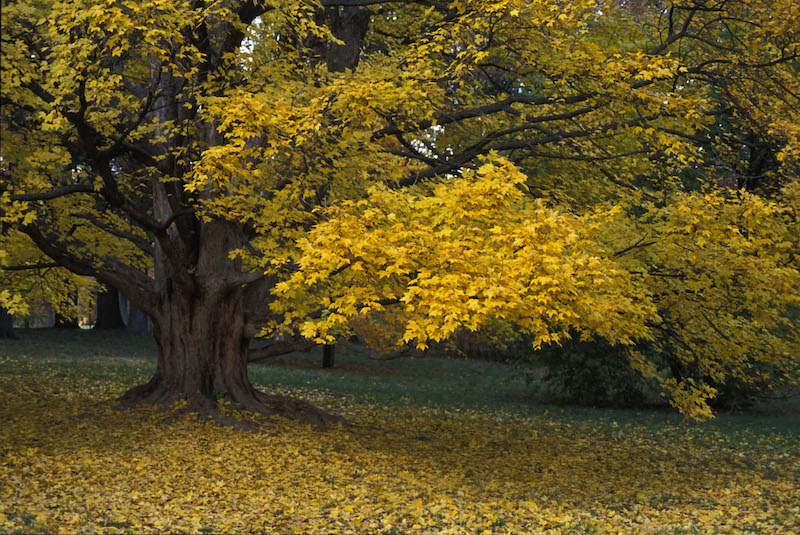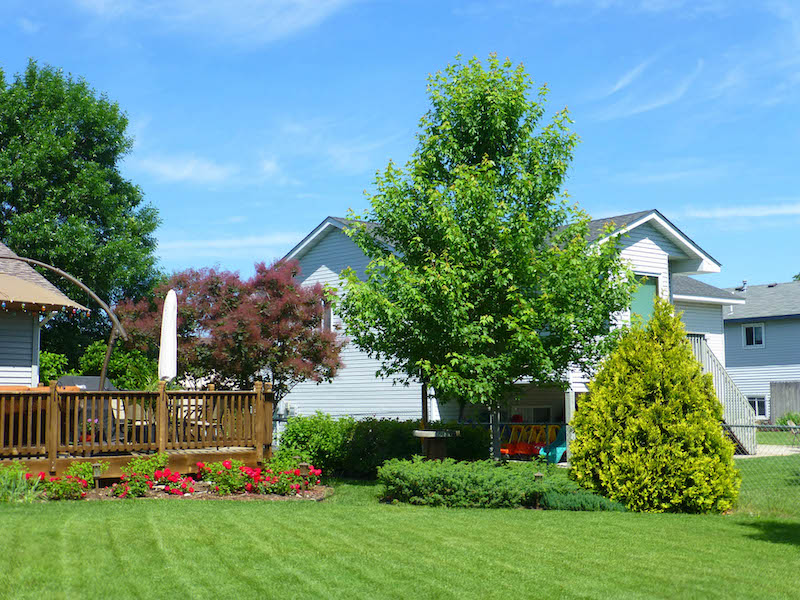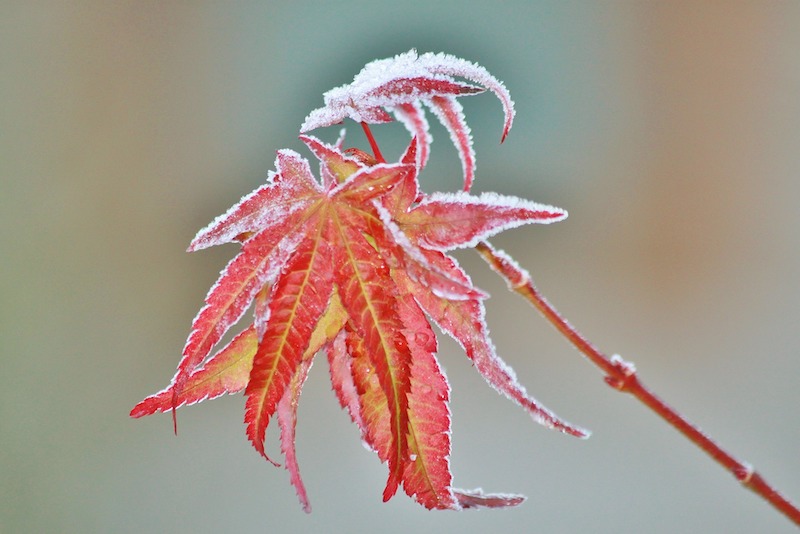Growing Maple Trees
Maples are deciduous trees in the Acer genus. They have a single trunk with broad branches, creating a full canopy. Mature trees have rough, dark gray bark. Large trees, like Silver maples or Sugar maples, can reach 60 or 70 feet tall, while decorative trees, like Japanese maples, usually top out at 25 feet tall.
Maples need full sun, and they are wonderful shade trees. They also put on a spectacular foliage display in the fall. Depending on the cultivar, the deeply lobed leaves turn brilliant shades of red, orange, or yellow. Most maple trees can grow in zones 5-9, although some cold-hardy varieties are adapted to zones 3 and 4.

Planting Maple Trees
Most maple trees thrive in full sun, although some Japanese maples prefer morning sun and afternoon shade when grown in the southern reaches of their growing area. Leave 25 feet between large maple trees when planting, but smaller varieties only need to be spaced 10 feet apart. Moist, loamy, slightly acidic soil that allows excess water to drain is best for maple.
Watering Maple Trees
Newly planted maple trees have increased water needs. Consistent watering helps the plant establish a robust root system. Water deeply when planting and twice weekly as needed for the first few months. Young maple trees need about 11 gallons of water per week. Rainfall will offset the amount of water you need to provide. Established trees do not need routine watering but appreciate water during an extended dry spell.

Fertilizing Maple Trees
Most maple trees are moderate to fast growers, and routine fertilizing helps them bulk up and create a strong root system. Apply fertilizer in the spring as new buds appear. Feed maple using a slow-release fertilizer intended for trees. Fertilizers high in nitrogen provide good support for maple trees.
Pruning Maple Trees
Pruning creates a balanced canopy and a more visually appealing tree. Trimming removes crossed branches, allowing the tree to grow upright, even, and healthy. Remove dead or damaged growth at any time. Shape the tree in the early spring before buds emerge or in the fall after the leaves fall away.
Caring For Maple Trees in Pots
Small cultivar maple trees can grow very well in pots. Large trees can live in pots for several years but will need to move to a permanent location in the ground. Container-grown trees add color and height to outdoor living areas. Potted maple trees need full sunlight and consistent water. Trees in containers cannot develop elaborate root systems that sustain the plant, so they need your help to stay hydrated.

Winter Care For Maple Trees
Winter care for maple trees is simple, given that these trees are deciduous. Clear away fallen foliage to reduce the risk of pests and diseases. Prune the tree to remove broken branches, growth getting too close to a building or other plants, crossed branches, or anything else that is unsightly or problematic. Maple trees should not be watered or fertilized during the winter.
 |
Author Alison Cotsonas - Published 05-01-2023 |
